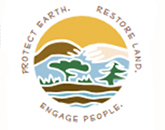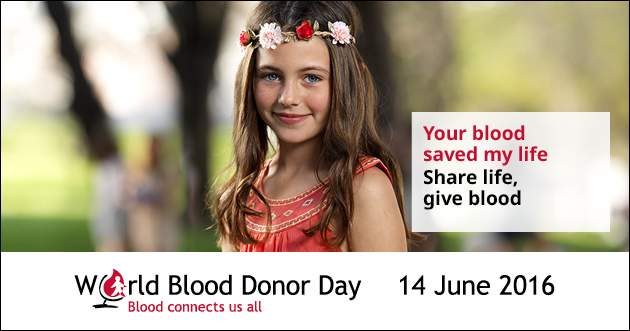 When we mention the word ‘confession’ we immediately think of ‘sins’ but there is also the confession… of FAITH! This is why the martyrs are also called ‘Confessors’ – not because they received penitents asking to be forgiven but because they proclaimed their faith by giving their lives.
When we mention the word ‘confession’ we immediately think of ‘sins’ but there is also the confession… of FAITH! This is why the martyrs are also called ‘Confessors’ – not because they received penitents asking to be forgiven but because they proclaimed their faith by giving their lives.
The gospel text of this Sunday (12th Sunday, Year C – Lk.9:18-24) presents us with this: a confession of faith by Peter. In different gospel texts, Peter is often given this role of defusing a potentially embarrassing situation for the group by giving the right answer! Here, Jesus is asking them, first, how people see him. Then, he goes on putting to the apostles a direct question: “But you, who do you say I am?”
Any one of them could have replied: “Lord, you are our Master, the one we follow day after day, what else do you want to hear?” It was obvious, was it not? But Peter’s answer goes further and deeper than this: “The Christ of God.” An amazing answer from this fisherman and he knew, as we know, that it came not from a personal insight but it was revealed to him by God himself. Matthew says it in his own version of the story (Mt.16:17). And the fuller meaning of this answer, the apostles will come to understand after having received the Spirit at Pentecost.
The answer Peter gave on that day gives us a picture of what FAITH is about. It is not first and foremost acknowledging some truths, or giving allegiance to some religious beliefs, or even proclaiming some statements of faith. It is about committing oneself to someone to the point of giving our lives to that person. Not necessarily by dying – as the martyrs have done at one point in time – but all the time, from day to day, the small martyrdom of daily life with all its difficulties, problems, frustrations.
Faith is not first of all believing something but trusting Someone, not admitting that some theological explanation is correct, but relying on Someone, surrendering to that Someone in complete trust and absolute confidence.
We can ask ourselves: If Jesus were to address us the same question as he asked from his apostles: “But you, who do you say I am?” what would we answer? It cannot be purely and simply the answer Peter gave. It must be a ‘personalized’ reply, as we say nowadays, custom-made to our very selves, coming from the depths of our being. This is where genuine faith takes root. Then, our answer – in whatever form it is – will be the one that Christ expects from us, the one inspired by God himself!
Source: Image: yanchepcatholic.org
 Patients living with sickle cell disease live with many challenges. The presence of sickle hemoglobin leads to sickling of the red blood cells and activation of white blood cells which together block the microcapillaries that bring oxygen to tissues producing bouts of pain, sometimes requiring hospitalization, and damaging many tissues in the body. There is a tremendous unmet medical need facing those whose lives are impacted by this devastating disease.
Patients living with sickle cell disease live with many challenges. The presence of sickle hemoglobin leads to sickling of the red blood cells and activation of white blood cells which together block the microcapillaries that bring oxygen to tissues producing bouts of pain, sometimes requiring hospitalization, and damaging many tissues in the body. There is a tremendous unmet medical need facing those whose lives are impacted by this devastating disease.
 world leaders made land degradation neutrality one of the targets of the Sustainable Development Goals. » UN Secretary-General Ban Ki-moon
world leaders made land degradation neutrality one of the targets of the Sustainable Development Goals. » UN Secretary-General Ban Ki-moon




 anually on June 14. Giving blood is easy and saves lives.
anually on June 14. Giving blood is easy and saves lives. the object of erroneous beliefs and myths influenced by superstition, which foster their marginalization and social exclusion. This leads to various forms of stigma and discrimination.
the object of erroneous beliefs and myths influenced by superstition, which foster their marginalization and social exclusion. This leads to various forms of stigma and discrimination.